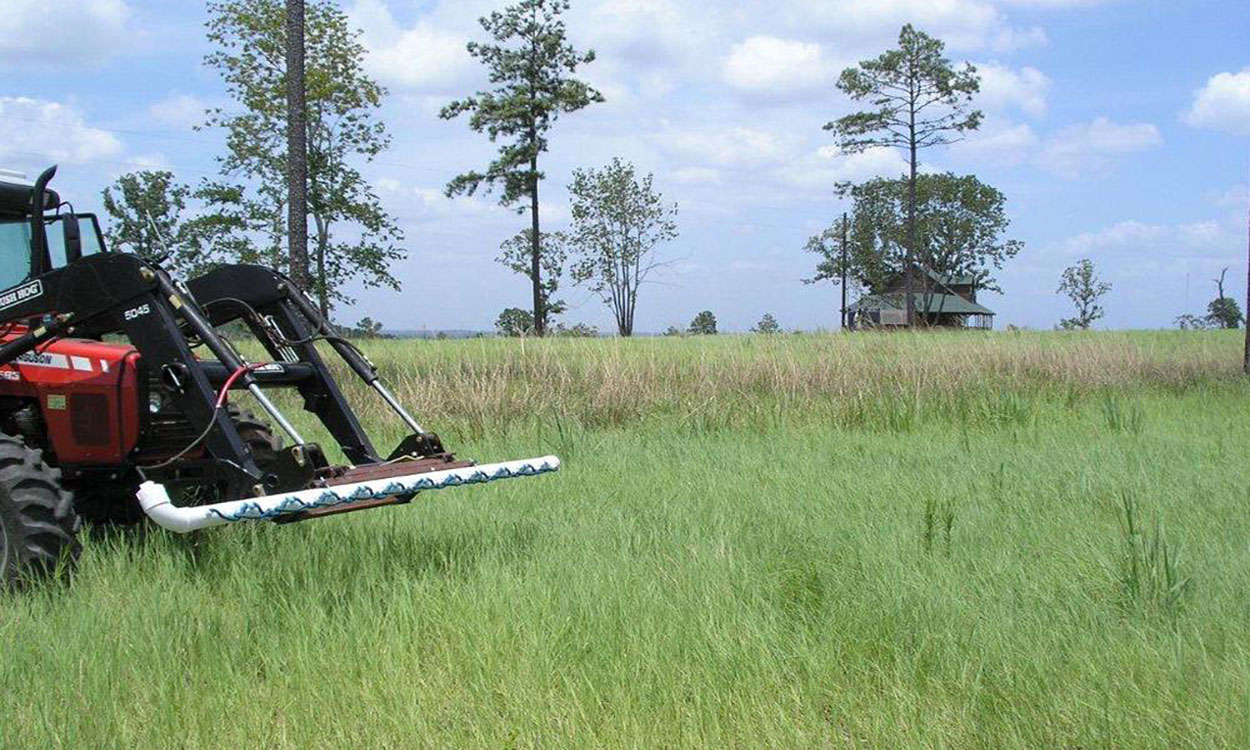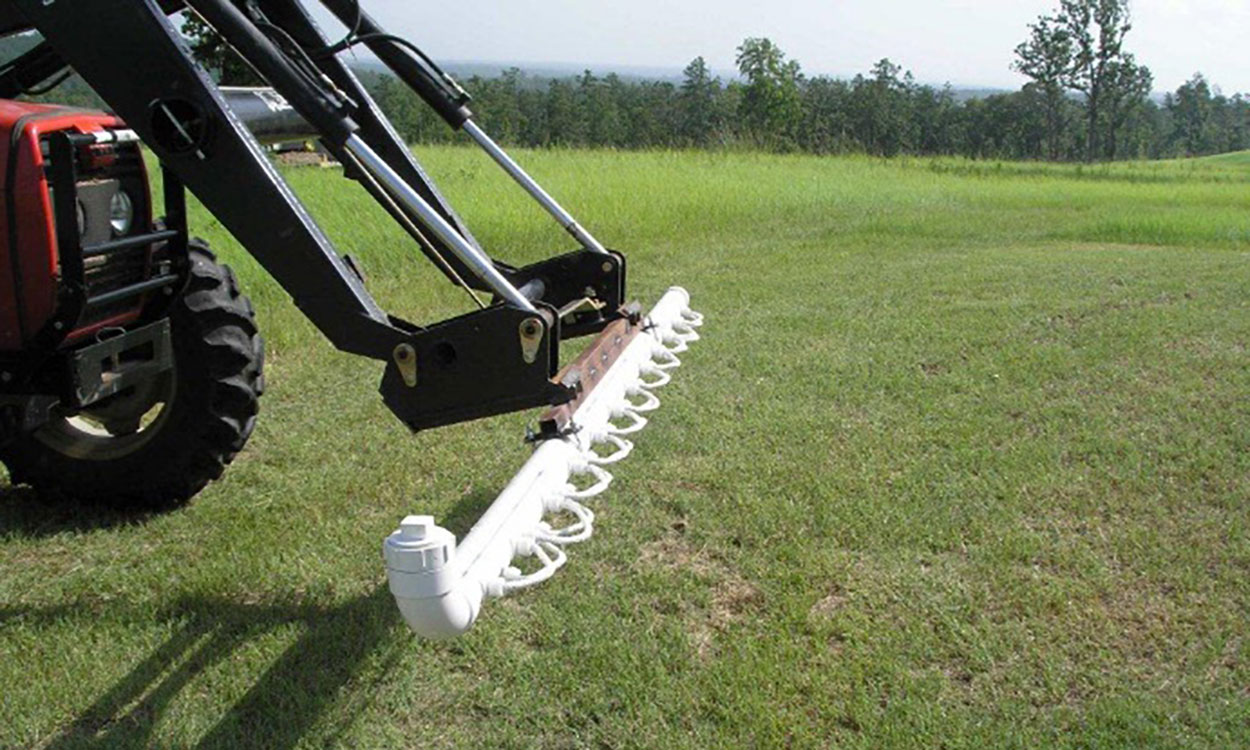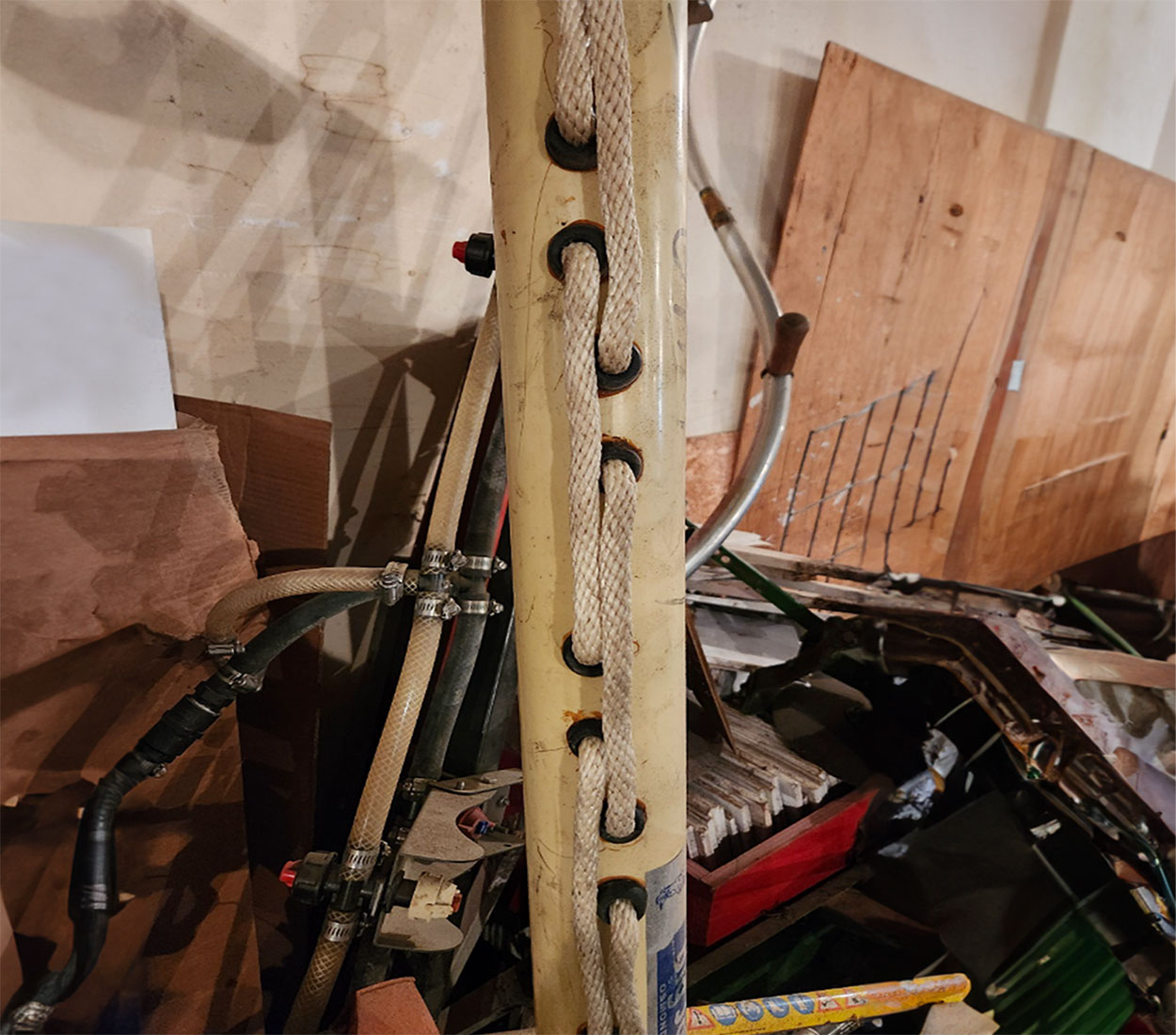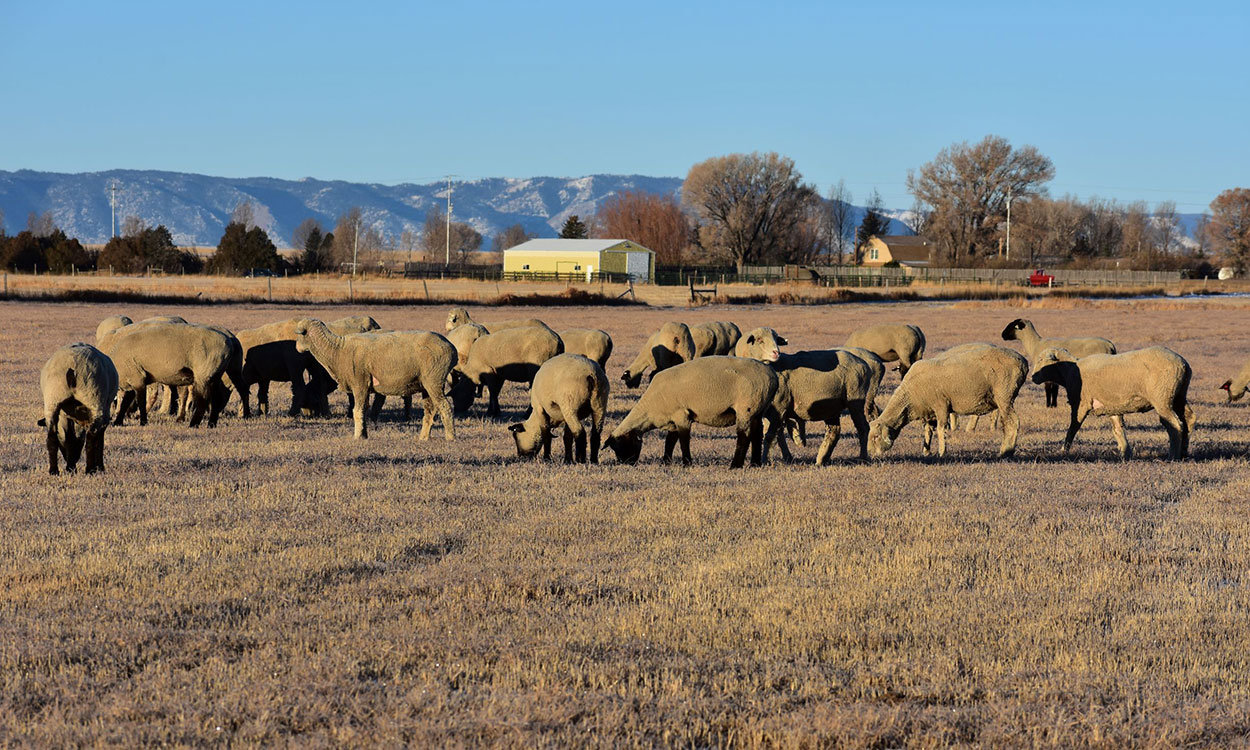

Weeds are commonly described as a plant where it is not wanted, but a different description of a weed is a plant that can grow in areas that are continuously disturbed. Continuously disturbed areas would include crop fields, gardens, lawns, pasture, and rangeland. In these disturbed areas, there are usually desirable plant species being cultivated. Weed management can be difficult in these areas, as some of the implemented tactics can kill or injure the desirable plant species as well.
Herbicides are the most-effective weed management tactic. There are selective herbicides that can be safely applied to areas with desirable plant species to manage weeds. However, some weeds are more similar than different to the desirable plant species, and the selective herbicide will not control the weed. For example, large crabgrass growing in a lawn is tolerant to many herbicides that are effective on broadleaf weeds. Non-selective herbicide (which controls all plants) can be utilized for spot spraying under certain circumstances, but the desirable plant species will intercept some of the spray droplets, resulting in plant death. The spot-sprayed areas will have no vegetation, which can result in the establishment of weeds that can grow vigorously, as there is no competing vegetation.
A wick applicator could provide a selective means to apply non-selective herbicides to manage weeds growing among desirable vegetation. A wick applicator utilizes an absorbent vessel (for example, a cotton rope) that is saturated in a selected concentration of a herbicide. The wick applicator can be handheld or affixed to a tractor (or similar vehicle) and set to a height that will contact the weeds growing above the desirable vegetation (Figure 1, Figure 2). The wick applicator should be set at least 2 to 3 inches above the desirable vegetation to ensure that solution does not cause injury or plant death. The result is the weeds are coated with a lethal herbicide concentration, resulting in plant death, while the desirable vegetation survives and begins to reestablish the previously infested areas (Figure 3). The ability to wick-apply herbicides is beneficial, as the desirable vegetation survives and competes with later emerging weeds. The wick applicator also exhibits utility in being able to treat weeds under high wind conditions that are conducive to particle drift that can damage off-target plants.
Machine-Mounted Example

Handheld Example

Application Example

Common herbicides that are applied with a wick applicator are 2,4-D; dicamba; glyphosate (Roundup); and paraquat (Gramoxone). An important note is that paraquat is a restricted-use herbicide and requires an applicator license to apply; this herbicide is more frequently used for wick applications in row crops, such as soybean. The herbicides are mixed to a desired concentration specified by the label, usually portrayed as “% of solution.” The “% of solution” is the amount of herbicide concentration that is mixed with water. For example, if the label calls for 20% solution, then 2 parts of herbicide concentration are mixed with 8 parts water; the % of herbicide concentrate takes into account the entire herbicide mixture (for example, 10 parts). The “wick” of the wick applicator must remain saturated to ensure that weeds are being coated with a lethal concentration. Wick applicators can have a built-in reservoir that is filled with the desired herbicide concentration to keep the wick saturated. While the wick needs to be saturated, be cautious of herbicide solution droplets coming from the wick to ensure that desirable plant species are not injured or killed. More-simplistic designs require the wick applicator to be submerged into a container of the desired herbicide concentration as the wick dries.
Wick applicators can be purchased in various sizes, from handheld to affixed to the loader arms of a tractor. However, a simple wick applicator can be constructed in a short amount of time for little expense. A wick applicator can be constructed in the shape of a “football goal post,” with an absorbent material strung between the posts (Figure 4). The frame of the provided example was made with PVC pipes, and the absorbent material is two cotton ropes stacked on each other to increase the surface area of the application. The provided example was constructed for greenhouse research to determine the effectiveness of wick application on selected weed species. This design would likely be excellent for wick-applying herbicides in a lawn or home garden. The design can be scaled up for use in row crops or pasture/rangeland treating small, isolated areas of weeds. While a vehicle-mount wick applicator would be more efficient for row crops and pasture/rangeland, a handheld wick applicator has utility for treating weeds while scouting fields or checking fences. The utilized PVC pipes can be a larger diameter that can act as a reservoir to hold the desirable herbicide concentration to treat larger areas. If a handle reservoir is desired, be sure to include grommets or another barrier around the wick so the herbicide solution does not drip out of the frame (Figure 5). Additionally, the length of the handle can be extended to facilitate the treatment of weeds from a tractor or all-terrain vehicle. The wick itself can be increased to treat larger areas of weeds.
Frame Design

Grommets

While wick applicators will likely aid in effective weed management, other tactics should be utilized to create a well-rounded management plan. Using only a wick applicator over time will select for weeds that can withstand that tactic. Eventually, the only weeds that can survive are others that grow below or within the desirable vegetation. Integrating tactics from all facets of weed management, including biological (insect feeding, livestock grazing), chemical (fertilization, herbicides), cultural (crop rotation, row spacing), and mechanical (cultivation, mowing) will help ensure areas have low densities of weeds.
![]()
“Gardeners often need assistance during the growing season. SDSU Extension Garden Hotline staff can provide research-based answers all year,” said Robin Buterbaugh, SDSU Extension Horticulture Field Specialist.

Fact sheet about using livestock to promote diversity on rangelands

The Nitrate QuikTest for Forages is available at various SDSU Extension locations and veterinary clinics across the state and is designed to be used with standing forages prior to harvesting for hay or grazing.
South Dakota State University
Brookings, SD 57007
Receive the latest information from SDSU Extension
© 2024 South Dakota Board of Regents. South Dakota State University, South Dakota counties, and USDA cooperating. All rights reserved.
South Dakota State University adheres to AA/EEO guidelines in offering educational programs and services.